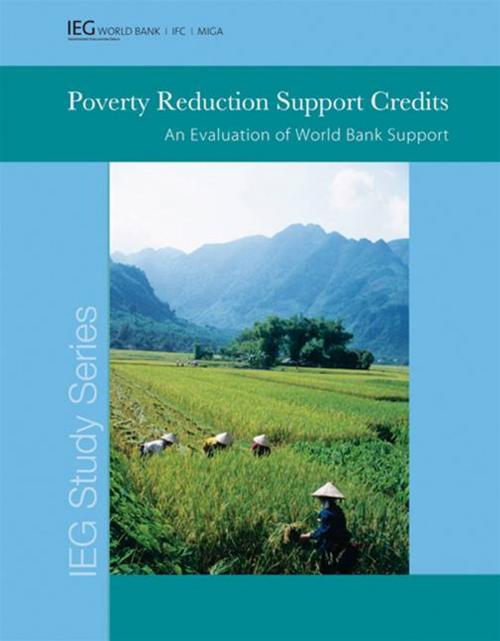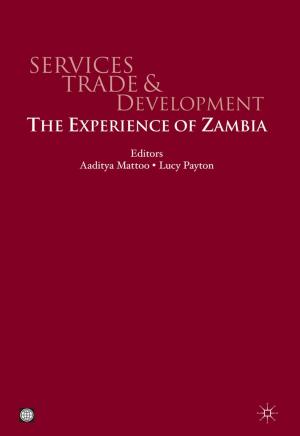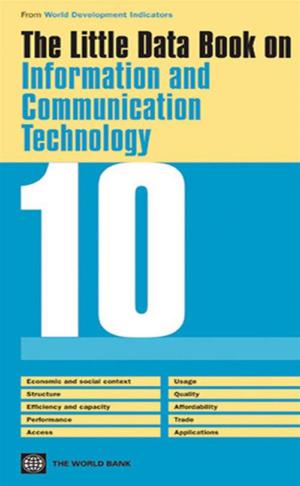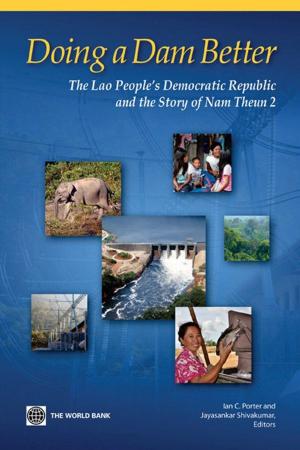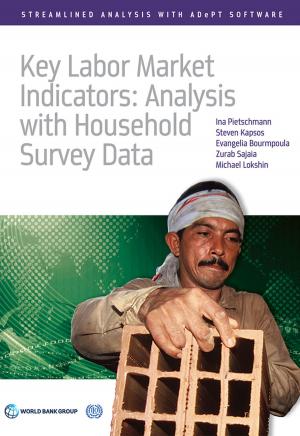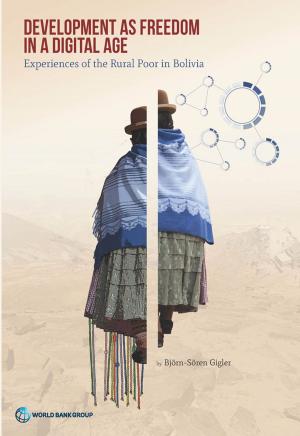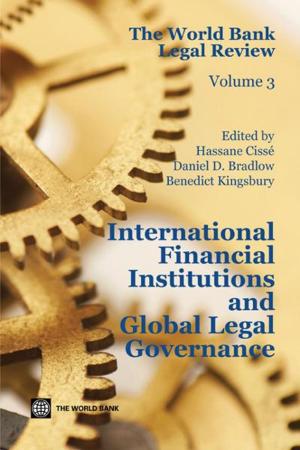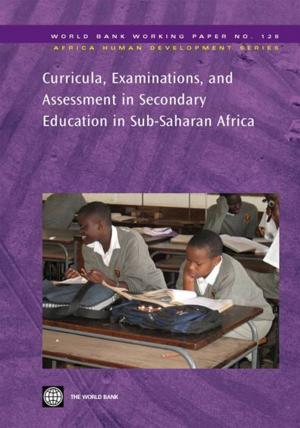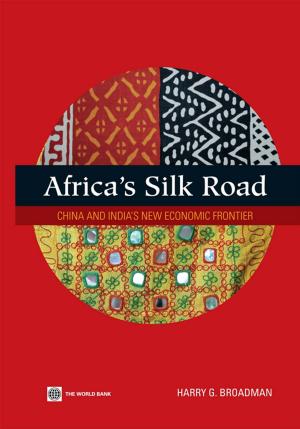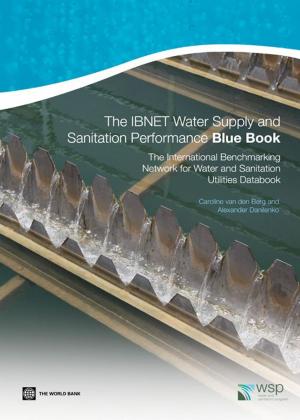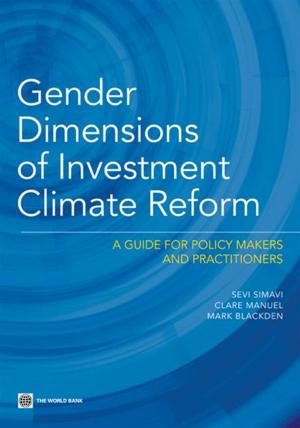Poverty Reduction Support Credits: An Evaluation Of World Bank Support
Nonfiction, Social & Cultural Studies, Political Science, Government, Social Policy| Author: | Kumar Anjali | ISBN: | 9780821383056 |
| Publisher: | World Bank | Publication: | May 21, 2010 |
| Imprint: | Language: | English |
| Author: | Kumar Anjali |
| ISBN: | 9780821383056 |
| Publisher: | World Bank |
| Publication: | May 21, 2010 |
| Imprint: | |
| Language: | English |
This evaluation examines the relevance and effectiveness of Poverty Reduction Support Credits (PRSCs), introduced by the Bank in early 2001 to support comprehensive growth, improve social conditions, and reduce poverty in IDA countries. PRSCs were intended to allow greater country-ownership, provide more predictable annual support, exhibit more flexible conditionality, and strengthen budget processes in a results-based framework. By September 2009, the Bank had approved 99 PRSCs totaling some 7.5 billion and representing 38% percent of IDA policy based lending.The evaluation finds that in terms of process, PRSCs were effective in easing conditionality, increasing country ownership and aid predictability, stimulating dialogue between central and sectoral ministries, and improving donor harmonization. In terms of content, PRSCs succeeded in emphasizing public sector management and pro-poor service delivery. Yet in terms of results, it is difficult to distinguish growth and poverty outcomes in countries with PRSCs from other better performing IDA countries.There is scope for further simplifying the language of conditionality and underpinning PRSCs with better pro-poor growth diagnostics. PRSCs can also strengthen their results frameworks and limit sector policy content in multi-sector DPLs to high-level or cross-cutting issues. Today, Bank policy has subsumed PRSCs under the broader mantle of Development Policy Lending and the rationale for a separate 'brand name' although differences linger from the past. Since PRSCs and other policy-based lending have gradually converged in design, remaining differences compared to other Development Policy Loans should be clearly spelled out, or the separate PRSC brand name should be phased out.
This evaluation examines the relevance and effectiveness of Poverty Reduction Support Credits (PRSCs), introduced by the Bank in early 2001 to support comprehensive growth, improve social conditions, and reduce poverty in IDA countries. PRSCs were intended to allow greater country-ownership, provide more predictable annual support, exhibit more flexible conditionality, and strengthen budget processes in a results-based framework. By September 2009, the Bank had approved 99 PRSCs totaling some 7.5 billion and representing 38% percent of IDA policy based lending.The evaluation finds that in terms of process, PRSCs were effective in easing conditionality, increasing country ownership and aid predictability, stimulating dialogue between central and sectoral ministries, and improving donor harmonization. In terms of content, PRSCs succeeded in emphasizing public sector management and pro-poor service delivery. Yet in terms of results, it is difficult to distinguish growth and poverty outcomes in countries with PRSCs from other better performing IDA countries.There is scope for further simplifying the language of conditionality and underpinning PRSCs with better pro-poor growth diagnostics. PRSCs can also strengthen their results frameworks and limit sector policy content in multi-sector DPLs to high-level or cross-cutting issues. Today, Bank policy has subsumed PRSCs under the broader mantle of Development Policy Lending and the rationale for a separate 'brand name' although differences linger from the past. Since PRSCs and other policy-based lending have gradually converged in design, remaining differences compared to other Development Policy Loans should be clearly spelled out, or the separate PRSC brand name should be phased out.
